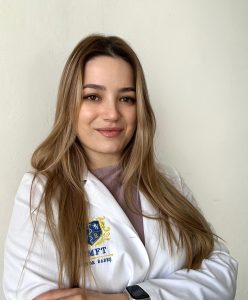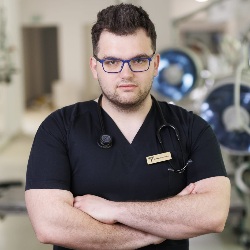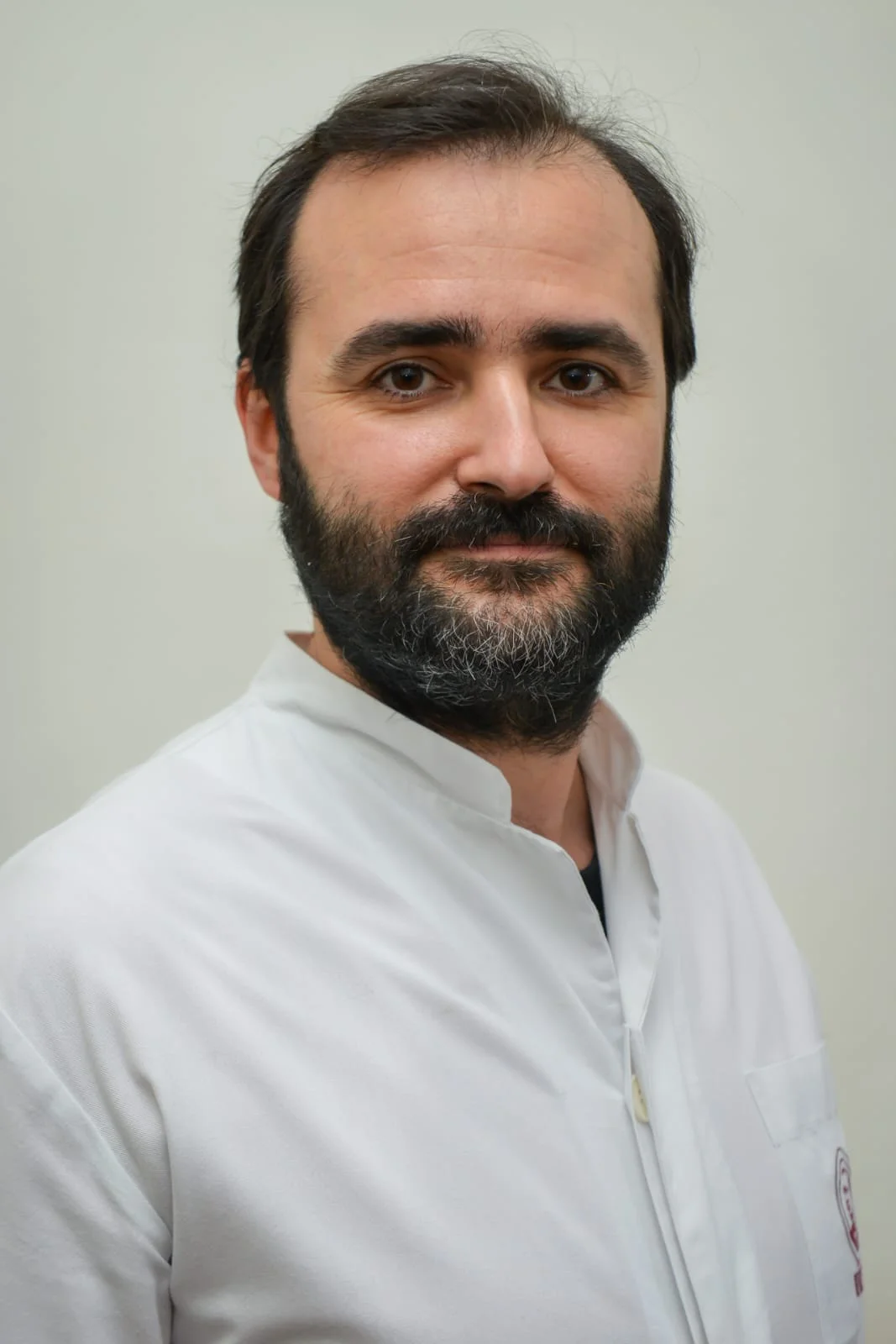Address: Main Building, Eftimie Murgu Square, Nr. 2, 300041, Timişoara
Phone: 0256/204250
E-mail: flavia.zara@umft.ro
Head of the Academic Department
Members
Brief history
Over time, the activity of the Department of Histology within the “Victor Babeș” University of Medicine and Pharmacy, Timișoara has been constantly modernized through the integration of digital technologies and the adaptation of teaching methods to the current demands of medical education.
The department was founded in 1945 by Prof. Univ. Dr. Șerban Brătianu, marking the beginning of histology studies within the university.
Since its establishment, the department has been led by distinguished professors of the academic community, who have significantly contributed to the modernization of the educational process and the training of generations of physicians and researchers:
- Prof. Univ. Dr. Constanța Rîmniceanu (1950–1969)
- Prof. Univ. Dr. Crustalo Miclea (1969–1976)
- Prof. Univ. Dr. Maria Drăgan (1976–1984)
- Prof. Univ. Dr. Eugenia Dema (1984–1995)
- Prof. Univ. Dr. Marius Raica (1995–2024) – under his leadership, as former rector of the “Victor Babeș” University of Medicine and Pharmacy, the department experienced a period of significant development, marked by the strengthening of scientific activity and the modernization of the educational process.
At present, the Department of Histology is led by Prof. Univ. Dr. Flavia Zara, who continues the tradition of excellence in education and research, promoting innovation, interdisciplinarity, and academic performance.
Department profile
Histology studies the microscopic structure of human cells and tissues, representing an essential foundation for understanding functional anatomy and pathological processes.
The Department of Histology contributes to the formation of integrated medical thinking, offering students both theoretical and practical support for correctly interpreting the microscopic image of normal tissues.
Teaching activity
The teaching activity is addressed to students in preclinical years of medical study programs. The teaching process combines classical microscopy methods with modern virtual microscopy platforms, allowing digital access to histological slides and interactive learning.
Teaching materials are created by the department staff and include visual presentations and practical work protocols. Evaluation is carried out objectively and transparently, through both theoretical and practical examinations.
Research activity
The Department of Histology carries out research activities mainly focused on the study of angiogenesis and tissue pathology, as well as other directions related to microscopic morphology.
Scientific activity is reflected through articles published in specialized journals and through the involvement of academic staff in research and development projects.
Volunteering and Student Programs
The Department of Histology actively supports student involvement in educational and scientific activities through the VADA program, dedicated to developing academic and practical skills.
The program offers students the opportunity to become familiar with the department’s teaching and research activities in a formative and collaborative environment.
Results and Objectives
Through the continuous modernization of the teaching process and the integration of digital resources, the Department of Histology contributes to improving the quality of education and to building a solid knowledge base for all categories of health professionals.
The main objective of the department is to promote modern medical education, based on the understanding of the microscopic structure of the human body and on the development of students’ scientific thinking.

















